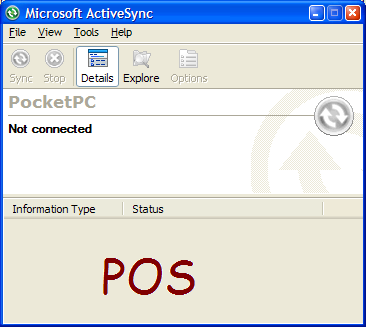2007/08/18
cell phone # porting
I have a good guess now of how cell phone number porting is implemented. Had a number transferred from AT&T to Sprint. The phone actually came with a randomly assigned number and a matching MSID (mobile station id), but Sprint told me to re-program the phone with the desired number and a new non-matching MSID in the area code of the desired number.
The porting process was as follows:
- Immediately, random number stops working, new Sprint-assigned MSID works as phone number!
- Within minutes, AT&T cuts off connection and accounts access to old number, which ceases to work.
- Hours later, MSID stops working as phone number, old number now rings new phone.
The fact that the MSID works as a phone number during porting and remains in the phone’s settings, must mean that it is in fact the true “phone number” identifier for the phone. The phone just gives out its stored “phone number” for the purpose of outgoing calls. I’m guessing every carrier has a pool of phone numbers in each area code to give out, and there is a static allocation database somewhere. During porting, Sprint assigns a new number from its own pool, which becomes the MSID. Then AT&T (who owns the old number) changes its databse to forward calls to the old number on to Sprint, instead of processing them internally. Finally, Sprint changes its database to take those incoming calls and forwards them to the assigned MSID.
When you get a new line, a number from the carrier’s pool is assigned so no forwarding is needed, and that must be why the MSID matches the phone number in that case.
Now, if I were to port again to a third carrier, what would they do? Maybe they’ll look up the number and discover they should talk to AT&T?
Here’s some real information which I haven’t read but maybe corroborates or discounts what I wrote. http://www.syniverse.com/pdfs/GuidetoWNP6thedition.pdf
 Comments(7)
Comments(7)
